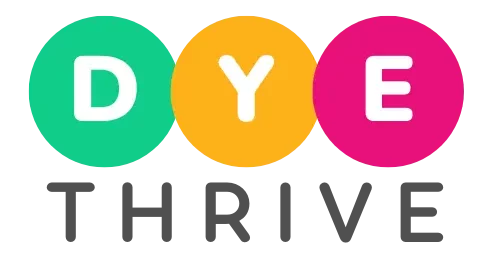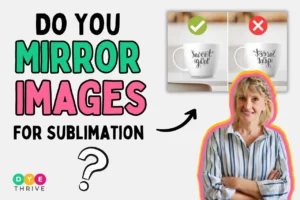You may be wondering whether screen printing or heat press printing is the more durable option for customizing apparel and fabrics.
With both methods growing in popularity, it’s a common question for those looking to get the maximum longevity out of printed designs.
In this article, we’ll explore ‘Does screen printing last longer than heat press?’. We will also compare screen printing and heat press printing across various factors for further clarity.
By the end, you’ll have a clear answer on the method that offers superior durability over time.
Let’s dive in!
you may also like:
- What Is A Sublimation Water Bottle? (Explained!)
- How Long To Press Sublimation? Time & Temperature
- What is Sublimation Jersey? (Benefits, Process…)
- How Do You Apply Sublimation Transfers? Full Process
Does Screen Printing Last Longer Than Heat Press?
Yes, Screen Printing Typically Outlasts Heat Press Designs
The straightforward answer is yes: properly cured screen-printed designs generally hold up better and last longer on fabrics than heat-transferred graphics.
There are a few core reasons screen printing has superior durability:
1. Ink Penetration and Bonding
The screen printing process forces ink through the fabric weave rather than just adhering to the surface.

This full penetration bonds the inks to the core shirt fibers instead of just the surface. The result is graphics that truly fuse with the fabric itself for permanent adhesion that resists cracking or peeling over time.
2. Wash Durability
Thanks to that fiber-level fusion, screen-printed designs can withstand significantly more frequent and intense washing than heat-pressed prints.
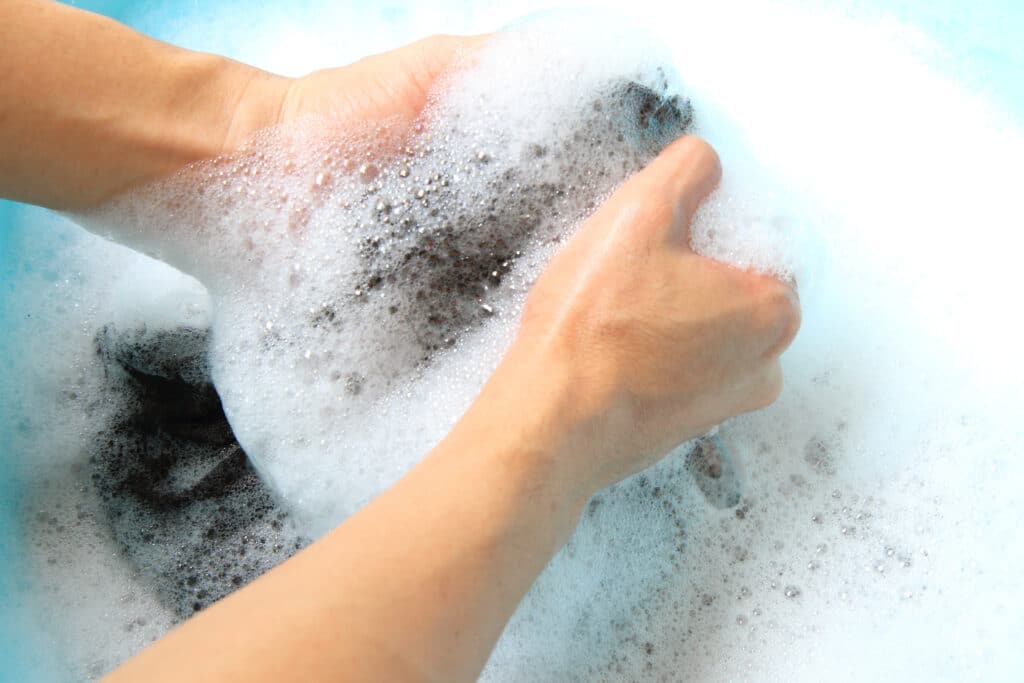
While heat press requires gentle wash cycles and cold water to maintain graphics, screen printing easily endures hot machine cycles and even bleach without substantial fading or deterioration.
3. Fabric and Ink Versatility
Screen printing works excellently on all fabric types from natural cotton to synthetic polyester blends thanks to ink innovation.
The process introduces fabrics to pre-treatments while using calibrated inks that chemically bond to a wide range of textiles for exceptional consistency across any shirt or garment.
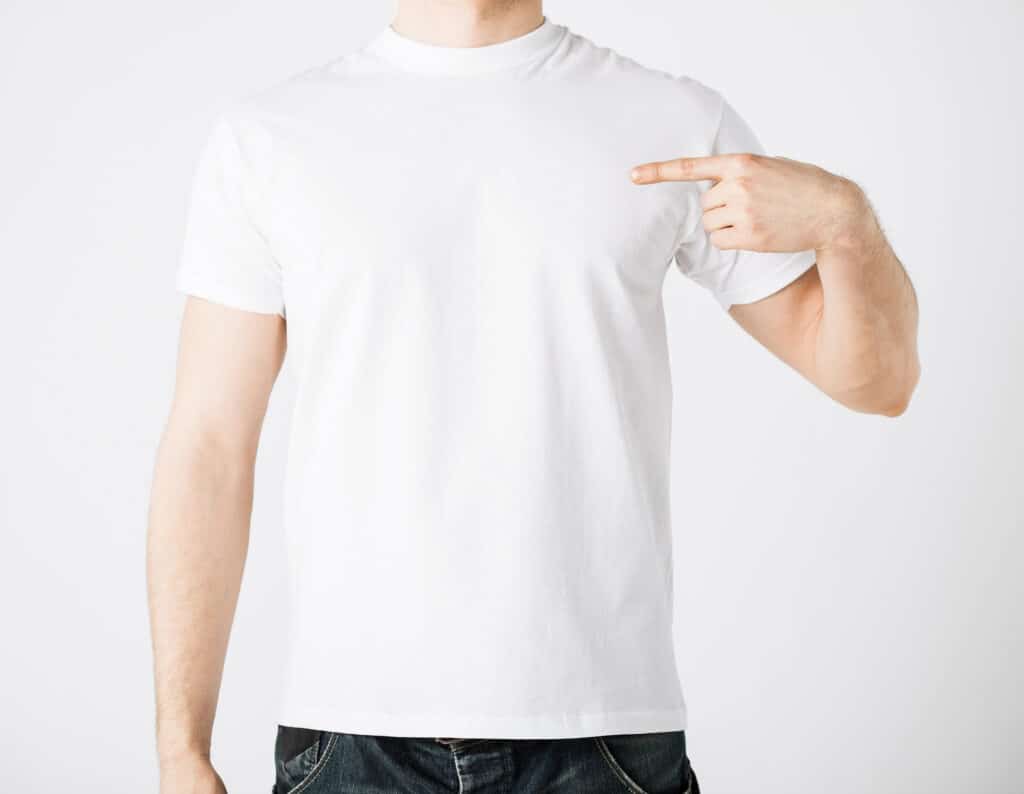
Here is an expanded comparison of screen printing versus heat transfer printing with more differences explained in greater detail:
Screen Printing vs Heat Transfer
When it comes to customizing t-shirts, hoodies, tote bags, and other gear, screen printing and heat transfer are two of the most popular techniques.
They each have their own advantages and disadvantages. Let’s take a closer look at how they differ:
1. Ink Performance
Screen printing
It uses thick, gel-like inks that get pushed through tiny holes in a mesh screen onto the fabric. The ink sinks into the shirt fibers instead of just sitting on the surface.
This deep absorption makes screen-printed designs extremely soft, breathable, and stretchy while also being super durable to withstand frequent washing and long-term wear without cracking, peeling, or fading.
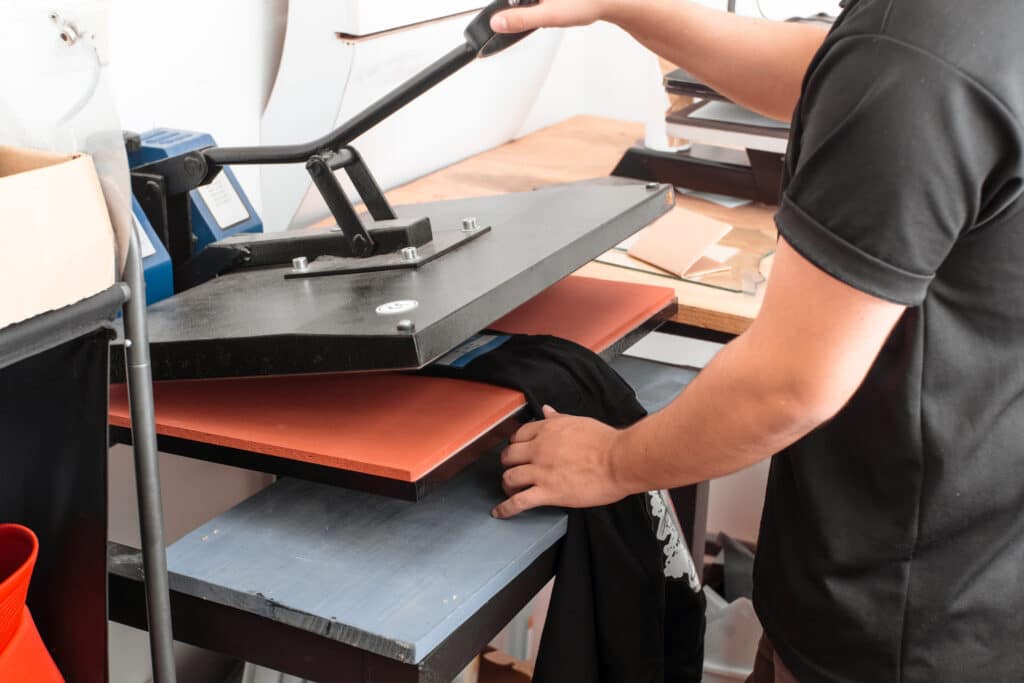
Heat transfer
It relies on thinner inks that get printed onto special paper before being pressed onto the fabric using heat and pressure.
This bonds the ink onto the material’s surface rather than penetrating the fibers. So over time with repeat washing and scuffing, the prints may begin to crack or peel away leaving behind a box or faded imprint.
2. Print Quality
Screen printed
Its inks tend to be richer, thicker, and more vibrant since they are formulated specifically for fabric imprinting. This allows for nearly photographic image reproduction and eye-popping colors that pop against the shirt material.
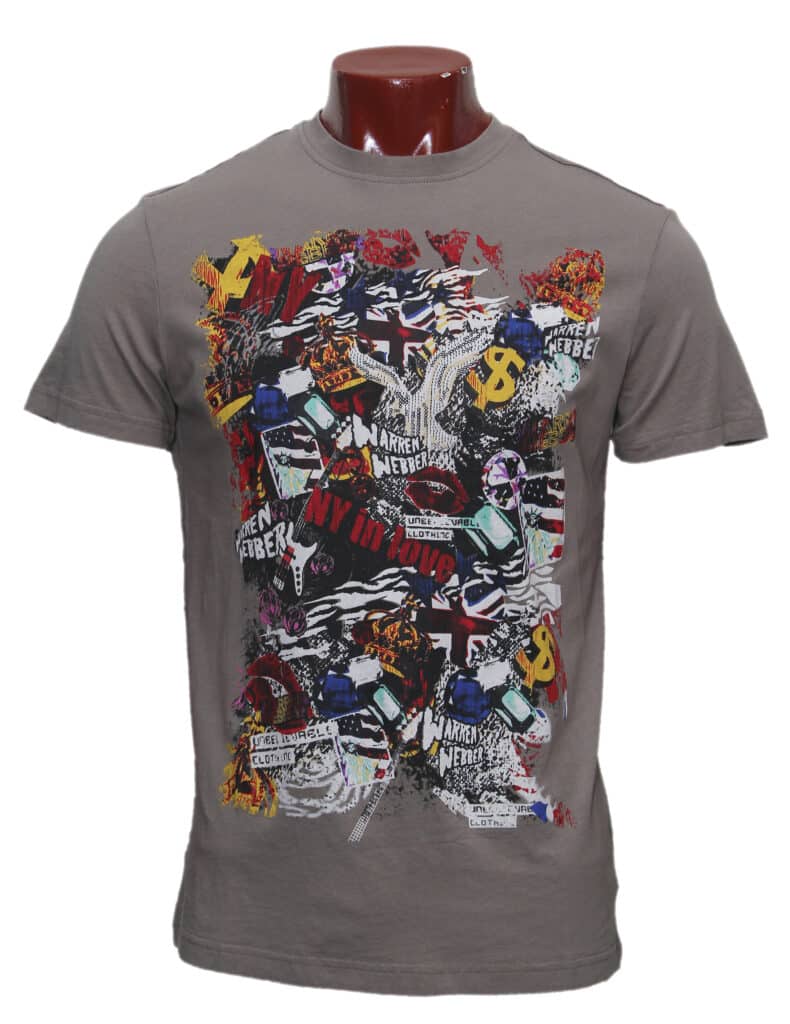
Heat transfer
Its inks are thinner and print via a generic printer so they produce high-quality, detailed prints that have a thinner, less 3D feel than screen prints and the colors tend to look slightly faded or muddied.
3. Design Options
Screen printing
It requires creating a unique screen for every color used in the design. So it works best for simple spot color prints or bold graphic designs with 1-5 colors total.
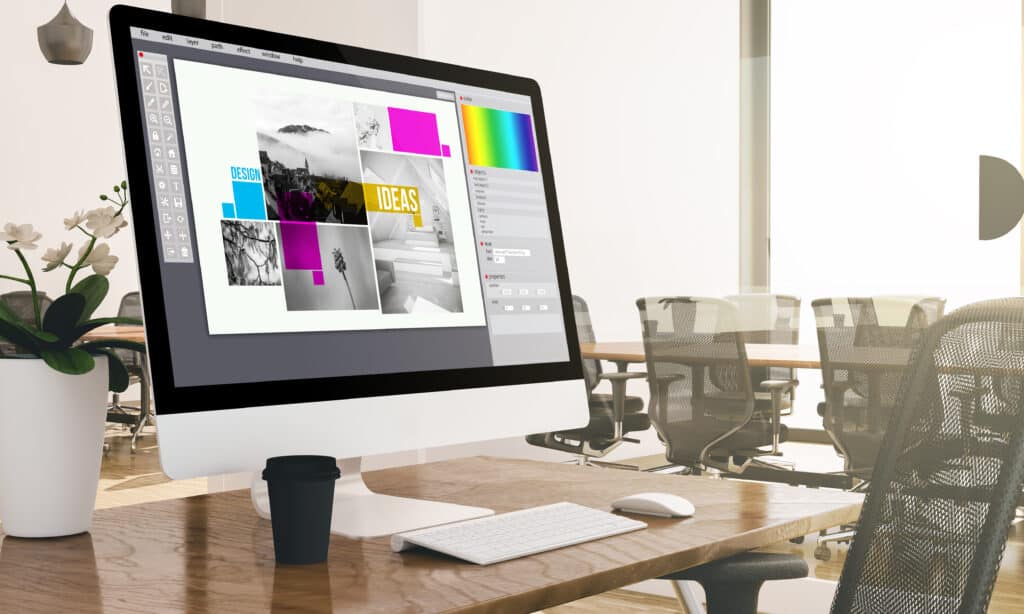
Heat transfer
It easily handles multi-color photographic designs and gradients since it prints full-color images directly from the computer without screens. This gives endless mixing and matching options.
4. Softness & Feel
Screen printing
It leaves behind no thick or heavy residue – just ultra-soft ink within the fabric itself. The prints feel like a natural extension of the garment.

Heat transfer
It can leave fabrics feeling rigid, heavy, or plastic-y where the thick transfer paper was pressed on. So the prints may irritate sensitive skin and restrict flexibility during wear.
Heat Transfer vs Screen Printing: Which is Better?
When you want customized t-shirt designs, the two main methods are heat transfer printing and screen printing. They each print the images differently and have their own strengths.
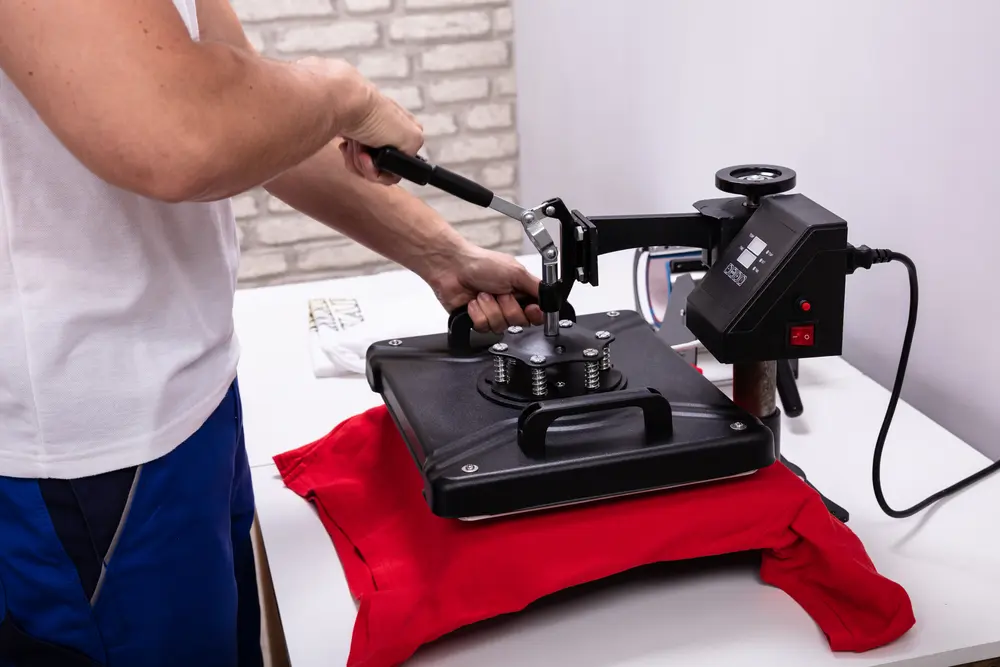
Heat transfer uses a special printer to print the design onto special paper. That paper gets heated and melted onto the fabric. This allows for printing very colorful, photographic designs because any image from the computer can be printed.
It also makes it easy to set up on your own to print a few special shirts. However, since the ink sits on top of the shirt instead of sinking in, it may eventually crack or fade after lots of washing.

With screen printing, the ink gets directly pushed through a stencil onto the shirt. The stencils are made of mesh so the ink goes through the tiny holes. You need to make a different stencil for every color used.
The ink bonds with the fabric this way, becoming part of the shirt rather than sitting on top. So screen-printed designs last pretty much as long as the shirt itself! But it can only handle simpler images and is difficult to set up with lots of colors.
Heat transfer gives you the most options for colorful computer designs and easy short-run printing. But screen-printed shirts give the brightest, softest, and most durable prints for basic logos and uniforms in bigger batches.
So consider if you need photo-quality results versus max durability, and pick the best method for your needs!
Watch the below video to deepen your understanding of this topic:
Frequently asked questions
Below are a few frequently asked questions to deepen your understanding:
Is screen printing cheaper than heat press?
For large bulk orders, screen printing is generally the cheaper option per piece. The high upfront costs of screen printing equipment and setup are spread across overall lower production costs at high quantities.
Heat press has lower fixed costs but costs more per item beyond very small orders.
What are the disadvantages of heat press printing?
The main disadvantages of heat press printing are lower durability and washability over time, restrictions on fabric types for optimal bonding, potential hand-feel stiffness with thicker prints, and limitations on ink vibrancy.
What shirt printing method lasts the longest?
Of the most common t-shirt and garment printing methods, screen printing lasts the longest when properly done. The ink fully fuses with fabric fibers rather than just bonding to the surface.
This allows screen-printed designs to better withstand frequent washing and wearing for years with less fading, cracking, or peeling.
Wrapping Up
We’ve gone over the details on screen printing versus heat transfer for putting designs onto t-shirts and other fabrics.
The core difference comes down to ink bonding. Screen-printed ink fuses into the actual fabric itself, while heat-press ink sits on top of the shirt fibers.
This means screen prints can handle more washing and wearing over many years without fading, cracking, or peeling. The heat press prints look awesome at first but tend to deteriorate faster with frequent use and cleaning.
So at the end of the day, does screen printing last longer than heat press? The clear answer is yes – properly done screen printing far outlasts heat transfer designs when it comes to durability.
Let us know in the comment section if you have any other questions. And make sure to share this article if it helped explain which printing makes longer-lasting shirts for your needs!
